Honey bees are not native
 Although the honey bee (Apis mellifera) is probably the most well-known bee in the world, it is not native to Washington State! In fact, it is not native to the United States. It isn't native to North America - or even the Western Hemisphere!
Although the honey bee (Apis mellifera) is probably the most well-known bee in the world, it is not native to Washington State! In fact, it is not native to the United States. It isn't native to North America - or even the Western Hemisphere! Although an important component of modern agriculture, honey bees were brought here when Europeans colonized the Americas. The bees were brought for their ability to provide honey and wax. Since being introduced here, they have spread throughout the continents along with humans. Generally, the further from human populations and agricultural lands you go, the fewer honey bees you will see.
To learn more about WSDA's work to support honey bees and honey bee health, visit our Pollinator Health webpage.
Are these all Western honey bees?
The honey bee found in the United States, Apis mellifera, can have dramatically different colors. The bees can range from totally black/brown to totally golden and everything in between! Yet these are all the same species of bee. Check out the color variations below.
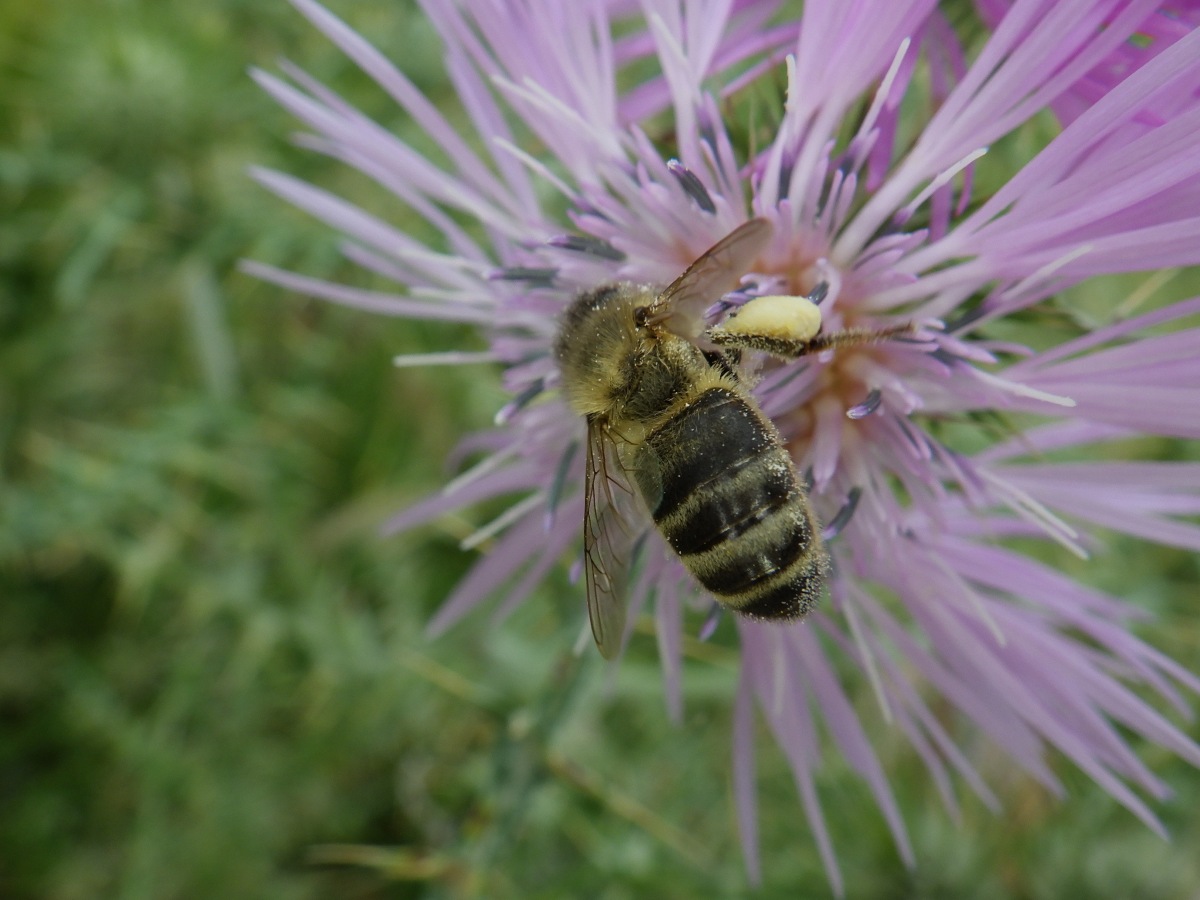
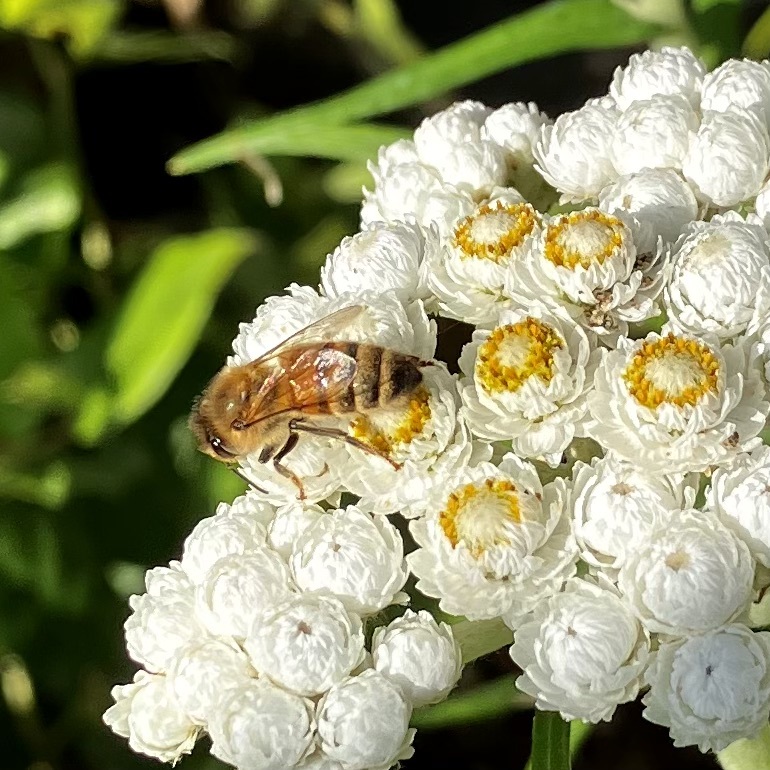
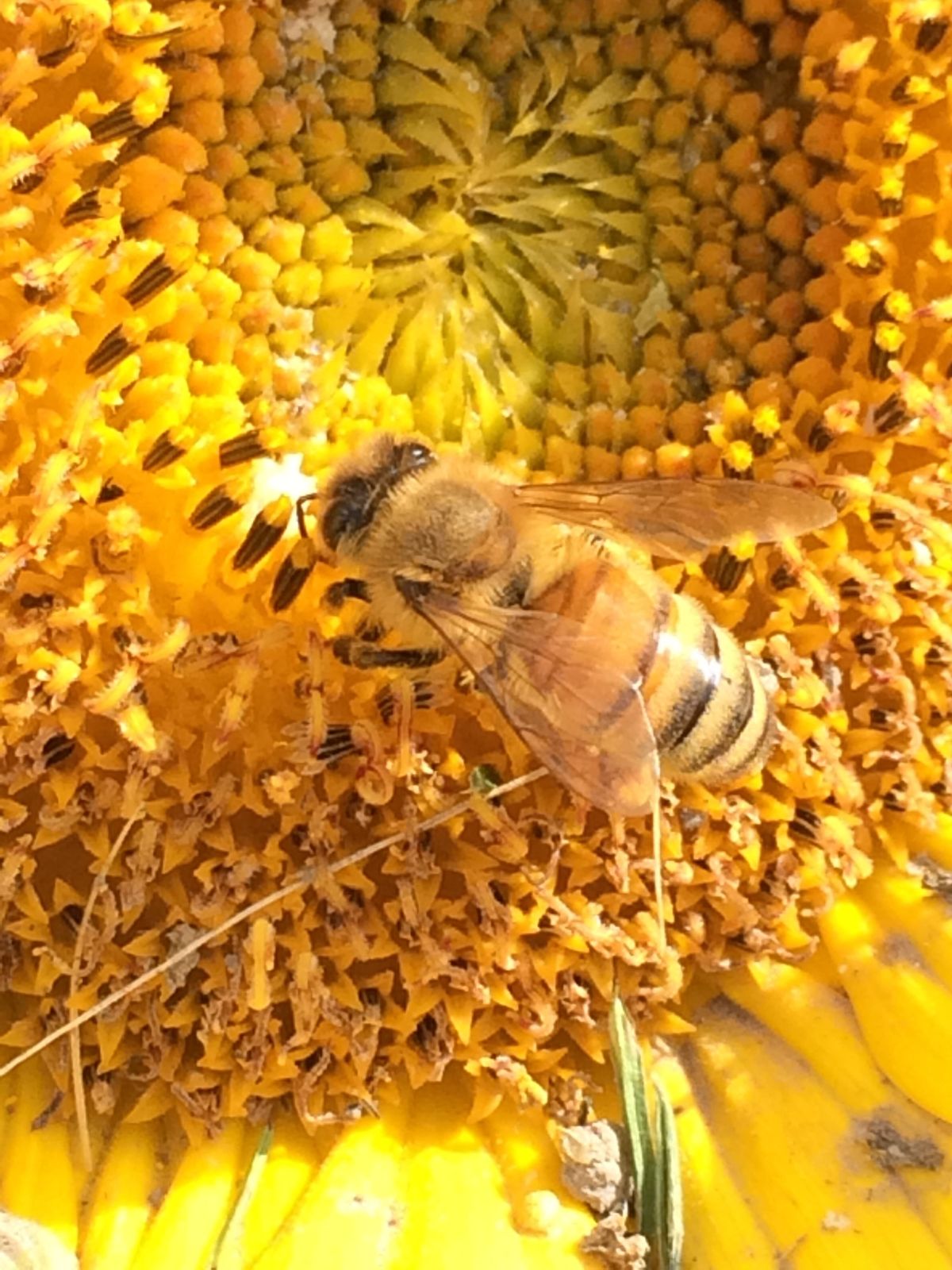

Other honey bees
Many people have been told that there is only one kind of honey bee. That is true - in the United States. But worldwide there are several species of honey bees (the exact number is debated). Most of these species are limited to Asia, though Apis florea can also be found in the Middle East and Apis cerana has been introduced in Australia.
Some of these honey bees can be aggressive, especially if they do not build their hives in cavities. The giant honey bees, for example, have exposed combs that are protected solely by the bees themselves.
Check out examples of some of the other honey bees found throughout the world below.
Some of these honey bees can be aggressive, especially if they do not build their hives in cavities. The giant honey bees, for example, have exposed combs that are protected solely by the bees themselves.
Check out examples of some of the other honey bees found throughout the world below.
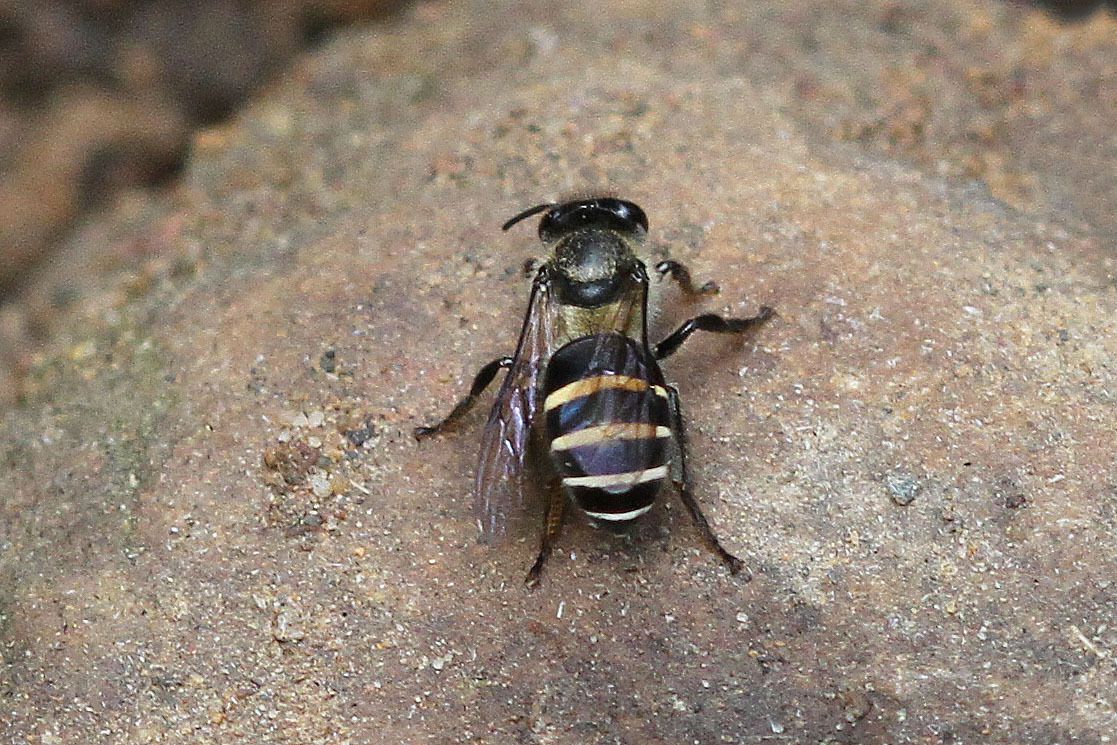
Apis andreniformis
Black dwarf honey bee
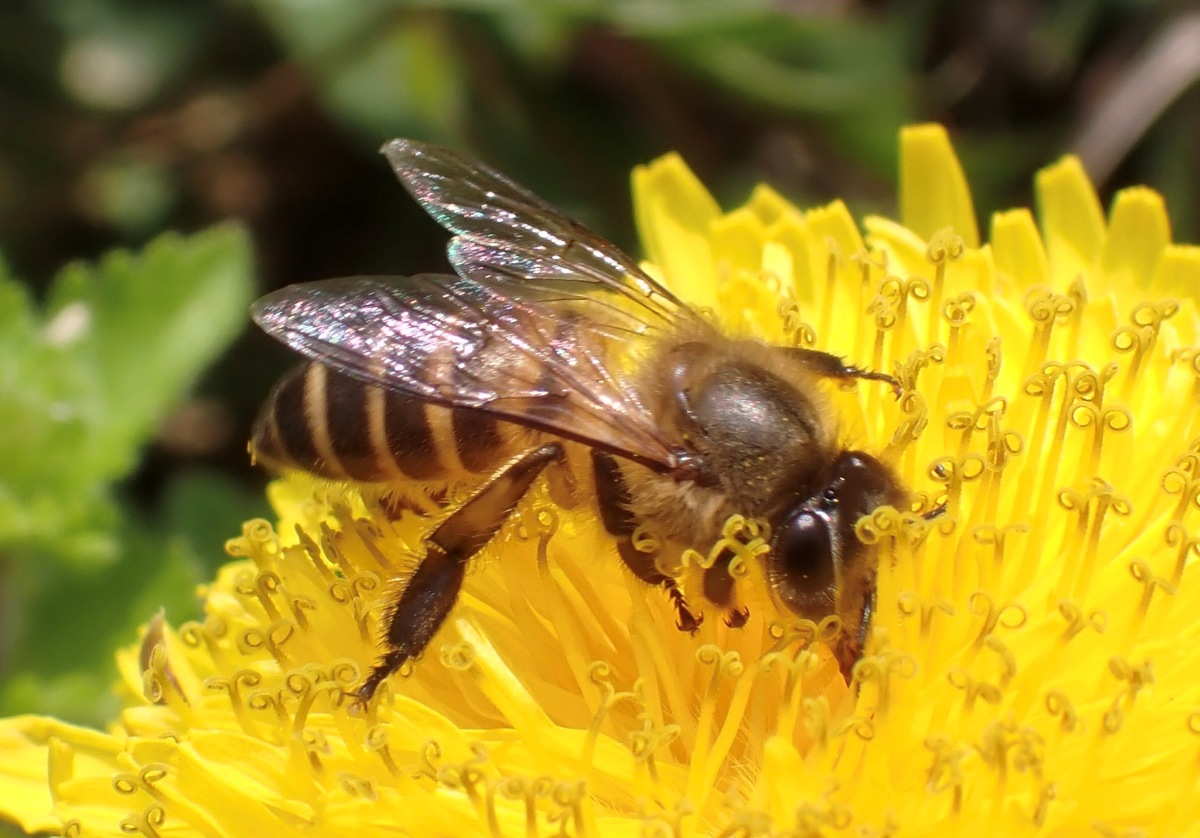
Apis cerana
Asian or Eastern honey bee. Easily confused with the Western honey bee.

Apis dorsata
Giant honey bee
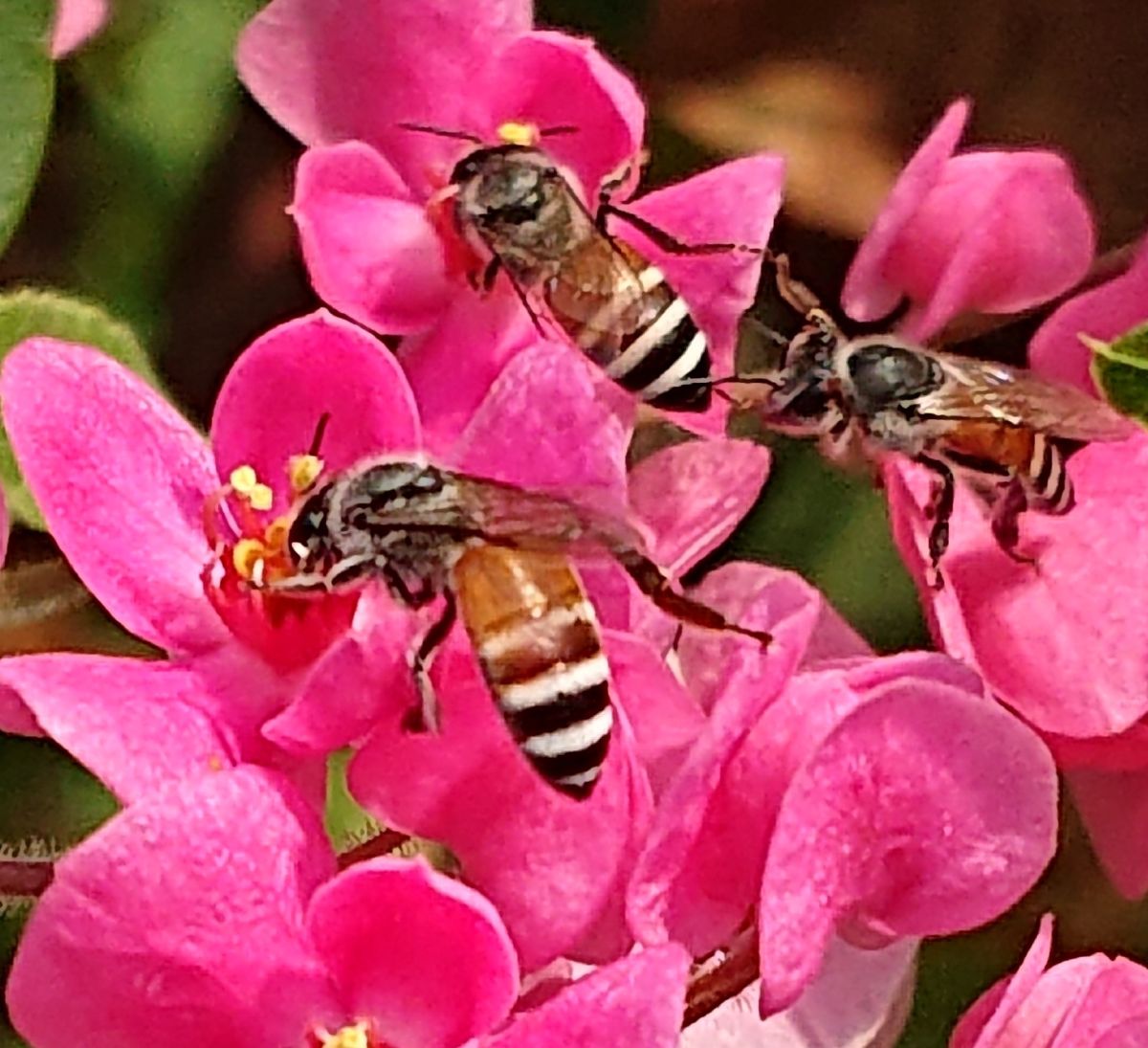
Apis florea
Red dwarf honey bee
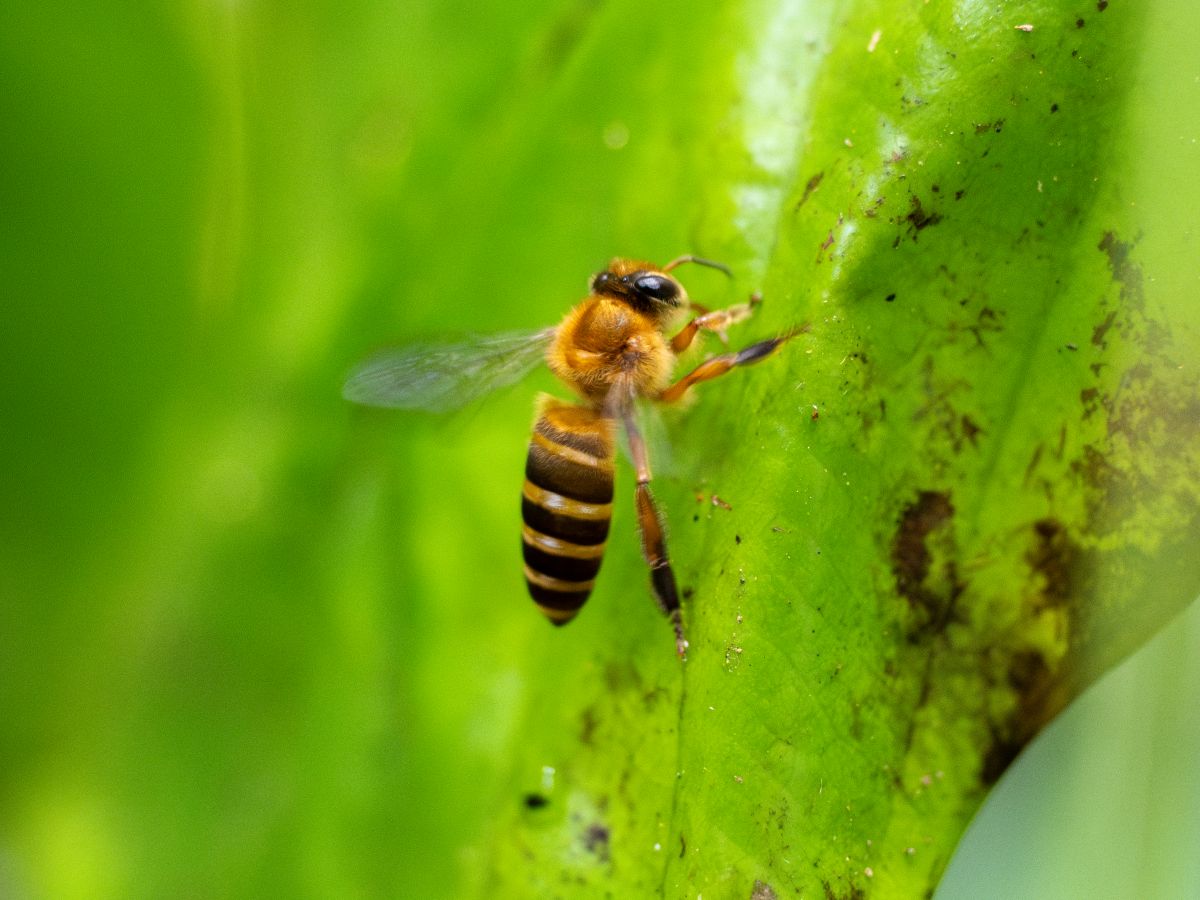
Apis koschevnikovi
Koschevnikov's (honey) bee. Photo by Samuel Lee
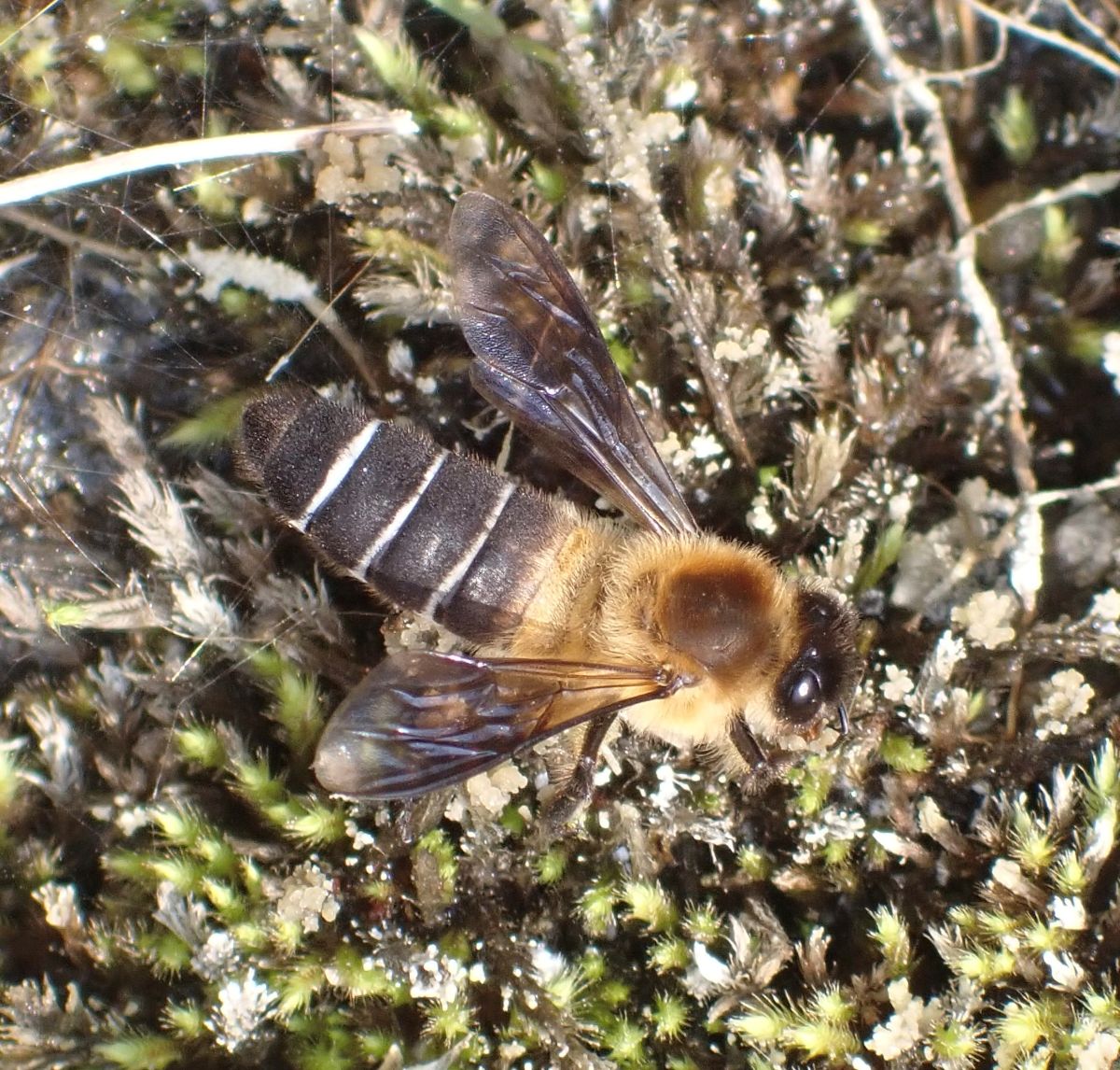
Apis laboriosa
Himalayan giant honey bee

Apis nigrocincta
Black-banded honey bee

Apis dorsata ssp. breviligula
Philippine giant honey bee
Reporting honey bees
Western honey bees
Do not report sightings of the Western honey bee, Apis mellifera, as it is widely established through the United States and the world. If there is a swarm on your property, it will usually move on within 24 hours. If a feral hive establishes on your property, your local beekeeping club will usually have members that will come and remove them for free.Other honey bees
There is no evidence that there are any honey bees other than the Western honey bee anywhere in the Americas (the African honey bee is a subspecies of Apis mellifera) so it is highly unlikely you will see one of the other species of Apis in the Americas.However, there is always a very small chance one of these other honey bees could be introduced here. If you think you have seen a honey bee that is NOT the Western honey bee, the fastest way to find out is to post photos to iNaturalist. There are experts on iNaturalist who identify honey bees every day and you will quickly learn whether what you observed is of concern or not.
If you can't or don't want to post to iNaturalist, you can contact your state invasive species managers or department of agriculture. You will need to provide photos and a location when submitting a report.
